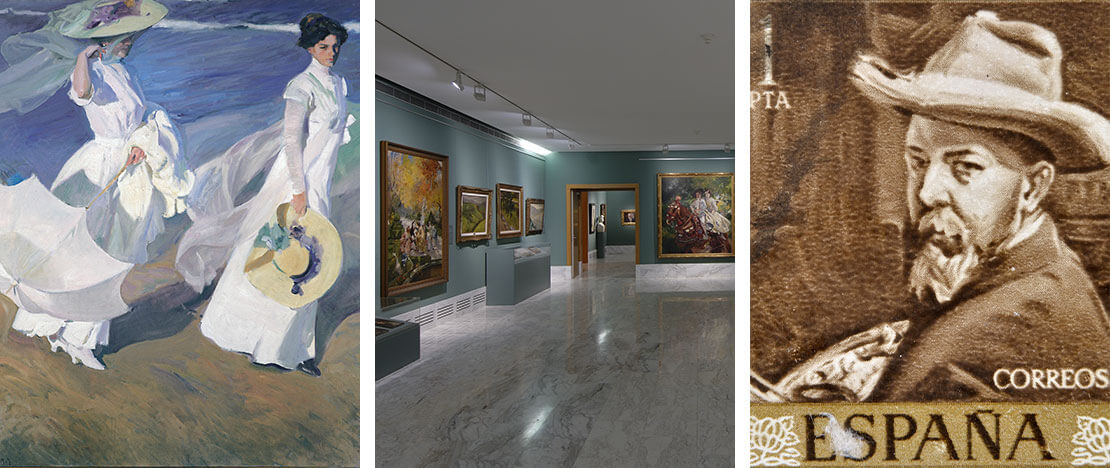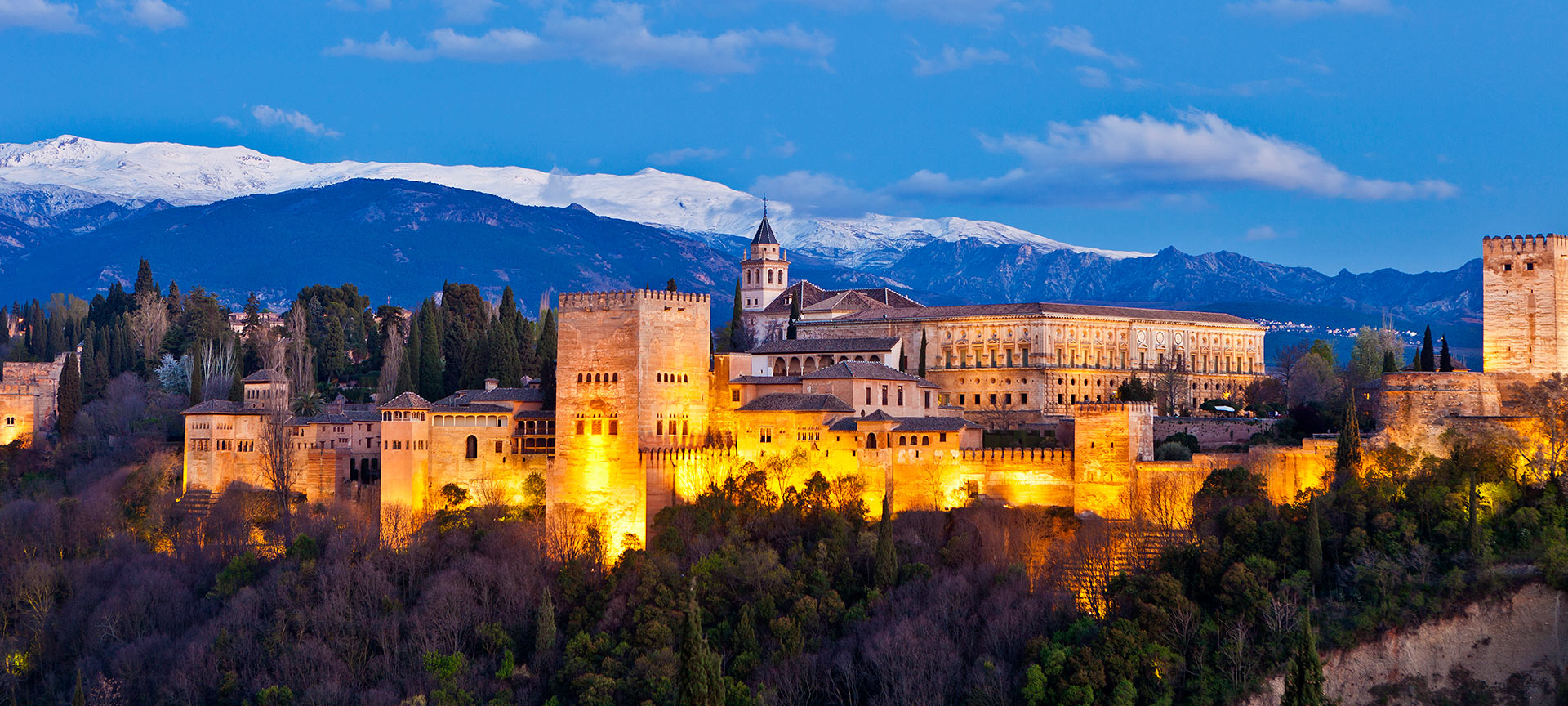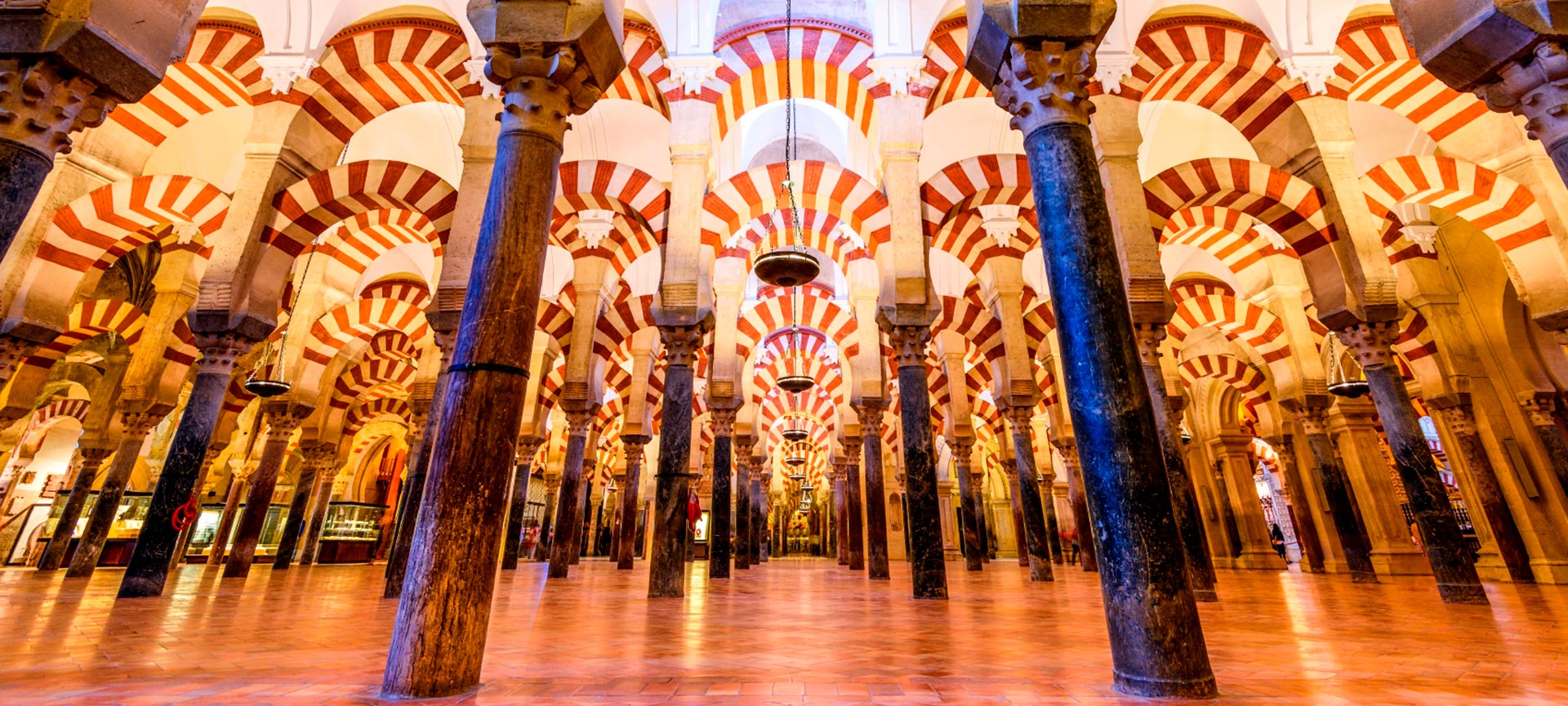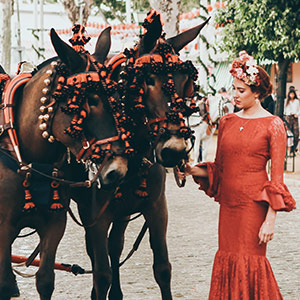
A journey through Sorolla's Spain
Light made art
“The painter of light”. This is the reputation of Joaquín Sorolla, one of the key figures in the history of Spanish art and one of the most internationally famous painters of his time. And this artist knew how to capture light and movement in his creations like few others. You'll find rural landscapes, Mediterranean seascapes, works of social realism, portraits and more, all of which have one thing in common: a palpable warmth and sensitivity.Which landscapes inspired this genius? Where can you find his key works? Take a pictorial journey along beaches lapped by crystal clear waters, through gardens and a world of colour.
Debe activar Javascript para poder utilizar este servicio
-
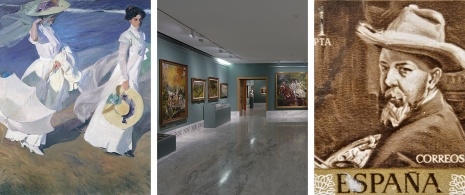
Valencia, the city where the artist was born
The best way to understand Sorolla is to take a trip to Valencia. where in 1863 this unique painter was born into a family of modest means, and where he trained, at the Fine Arts School. In fact, on a tour of the city you can stop off at his birthplace, the church of Santa Catalina (where he was baptised), his first home (Calle Barcelona, 6), the church of San Martín (where he got married) and the Plaza del Mercado, which was to be the setting for his painting the cry of the palleter.But it's not until you take a stroll along the beaches in the area (and those of other towns in the Valencia Region, such as Jávea) that you’ll truly understand the shimmering reflections and the play of whites and blues captured by the painter in his scenes of women on the beach, children at play, or fishermen. To the north of the marina there’s a beach that stretches for 2,300 metres whose name changes as you walk along it: Arenas, Cabanyal and Malvarrosa. The scenes that Sorolla painted on this coast such as walk on the beach, the return from fishing and afternoon sun are famous.Why not follow this by visiting galleries displaying his works? You can visit the Museum of Fine Arts of Valencia or the José Benlliure House-Museum. The Valencian Institute of Modern Art (IVAM) and the Bancaja Foundation have also hosted major exhibitions dedicated to this artist. His works are also on display in the Museum of Fine Arts of Castellón. If you would like to visit some monuments related to Sorolla, the chapel of the former school of San Pablo (now part of the Lluis Vives school) was immortalised by Sorolla in “El patio del instituto”, and you can find Sorolla's grave in Valencia's cemetery, along with those of other important figures such as the writer Blasco Ibáñez.
-

The family home in Madrid
If the warm light of the Mediterranean was one of the main influences on Sorolla's work, another was his visit to the Prado Museum in Madrid (one of the most important art galleries in the world) when he was just 18 years old. There he discovered the paintings of Velázquez, which would define his way of seeing art. Sorolla now has a place of honour in the gallery alongside his master, as the Prado owns several of Sorolla's paintings, including “Boys on the beach”. But if there’s one place in Madrid where you can really discover the artist's true essence, it has to be the Sorolla Museum. The former residence of the artist's family was converted into a museum at the request of his widow. Inside, the noise of the city is left outside, while you can hear the murmur of the fountains in the garden and admire some of Sorolla's most famous works in the rooms: The Gardens at the Sorolla Family House, Clotilde seated on the sofa, Self-portrait, The pink robe. “After bathing” “A walk by the sea”, “Time to bathe, Valencia”, “My children”, “Fifth Avenue, New York”, “The siesta”, “Mother”... The museum is temporarily closed to the public at the moment until the current refurbishment and improvement works are completed in 2026.You can also visit the Royal Academy of Fine Arts of San Fernando (which has his works) or the Madrid town of Cercedilla, where Sorolla died in 1923.
-
All over Spain
As well as in these two important places in Sorolla's life, his works can be found in many other towns in Spain. In Andalusia, the painter began his studies of gardens. In this part of southern Spain, you can visit the Museum of Malaga, the Carmen Thyssen Museum Malaga and the Museum of Fine Arts of Córdoba to find more of his works. And don't forget Seville (which he depicted in paintings such as “La Alberca, Alcázar of Seville”) or Granada, a city that deeply impressed him thanks to its Sierra Nevada and the Alhambra.In the north of Spain, you can visit the Museum of Fine Arts of La Coruña and the Museum of Fine Arts of Vitoria-Gasteiz. In fact, Sorolla was very interested in the wild Cantabrian Sea. We can see this in “On the breakwater, San Sebastián”, and “Under the awning, Zarauz”.Where else can we find more paintings by Sorolla? The Museum of Fine Arts of Murcia, the El Greco Museum in Toledo and the Municipal Museum of Fine Arts of Tenerife are a few examples.That Sorolla was a great connoisseur of Spain is undeniable. In 1911, New York's Hispanic Society asked him to undertake a mural project representing Spain's provinces, which is today known as the “Vision of Spain”. For this reason, the painter traveled for almost eight years around the country to reflect the clothing and customs of each area.
But however much you read about this great 19th century artist, the only way to appreciate the emotional power of his paintings experience is to come and see them for yourself. Get to know Spain. Discover Sorolla's work and let yourself be carried away by the colours of the Mediterranean. Let yourself be enveloped by the light. Because almost a century after his death, Sorolla has become a true classic. Because, as Huntington (the North American Hispanist who commissioned the panels for the Hispanic Society) said: “he has taken his painting theory to the limit and will live on because of that”.
Travel plans for inspiring you

